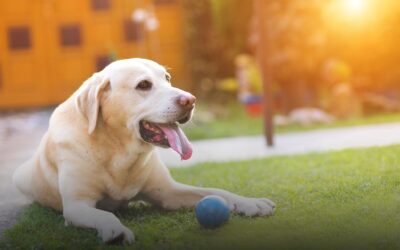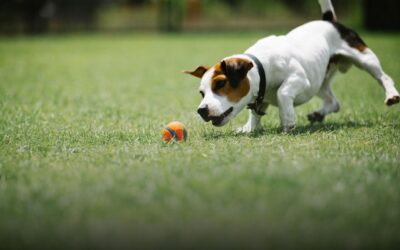
Having artificial grass installed in your home or business can offer a number of advantages and benefits over traditional natural grass. Not only is it easier to take care of, but it also requires less water, fertilizer, and pesticides. Plus, it can save you time and money on lawn care in the long run. Before you make the switch to artificial turf, though, there are a few key terms you should know. Here are 11 essential Reno artificial turf terms you need to know before getting started:
-
Artificial Grass
Also called synthetic turf, artificial grass is a man-made product that looks and feels like natural grass. It’s usually made from nylon, polyethylene, or polypropylene, and is designed to withstand heavy use.
-
Infill
Infill is a material that’s spread over the surface of the artificial turf to help support the blades of grass and protect them from UV rays. It also provides drainage and helps keep the turf looking fresh. Common infill materials include sand, rubber, or recycled tires.
-
Blade
The blade is the part of the artificial grass in Reno that looks and feels like natural grass. It’s usually made from nylon or polyethylene and is designed to withstand heavy use.
-
Thatch
Thatch is the layer of dead organic matter that accumulates at the base of the blades of grass. It helps to protect the blades from damage and provides a place for new blades to grow.
-
Turf
Turf is a term used to describe artificial grass that’s been installed on a surface. It can be used for both residential and commercial applications.
-
Sod
Sod is a term used to describe natural grass that’s been cut from a lawn and used to cover a new area. It’s often used for residential applications.
-
Spikers
Spikers are tools that are used to install artificial turf. They’re designed to create small holes in the ground so that the turf can be anchored in place.
-
Seaming
Seaming is the process of joining two pieces of artificial turf together. This is usually done with a special tape or adhesive.
-
Edging
Edging is the process of creating a border around the perimeter of the artificial turf. This is usually done with pavers, bricks, or stones.
-
Drainage
Drainage is the process of removing water from the surface of the artificial turf. This is usually done with a drainage system that includes perforated pipes and drains.
-
Maintenance
Maintenance is the process of keeping the Reno artificial turf clean and free of debris. This can be done with a brush, rake, or blower.
Landscaping in Reno Nevada can offer a number of advantages over natural grass, but there are a few things you should know before getting started. Be sure to brush up on your artificial turf terminology so you can make the most informed decision for your home or business.







